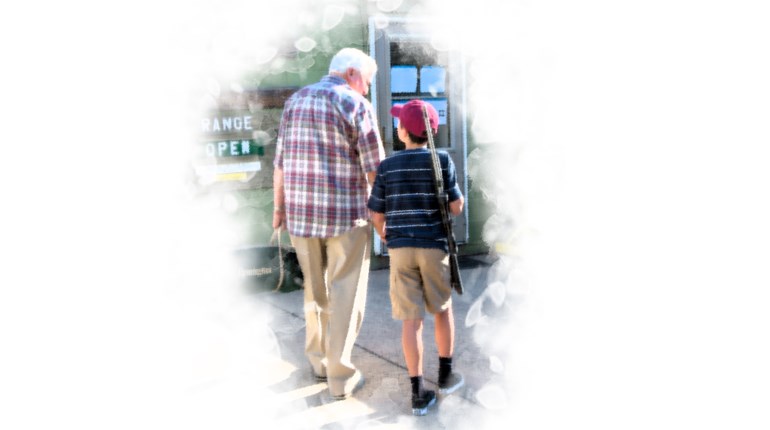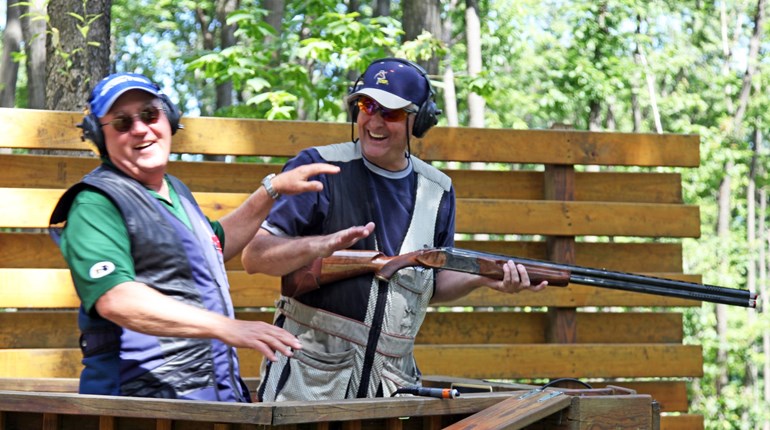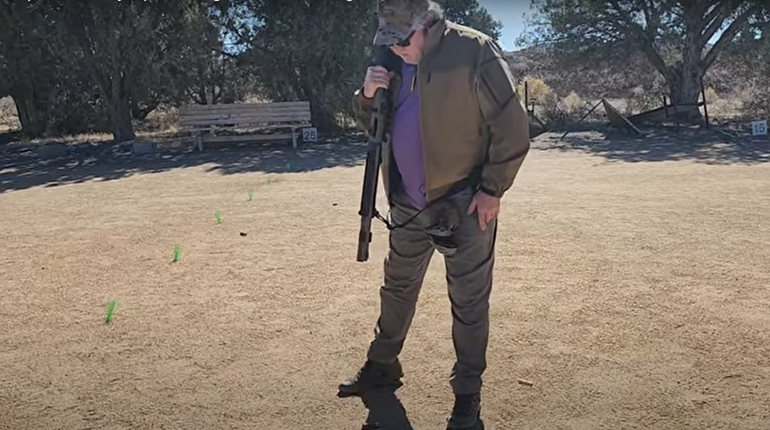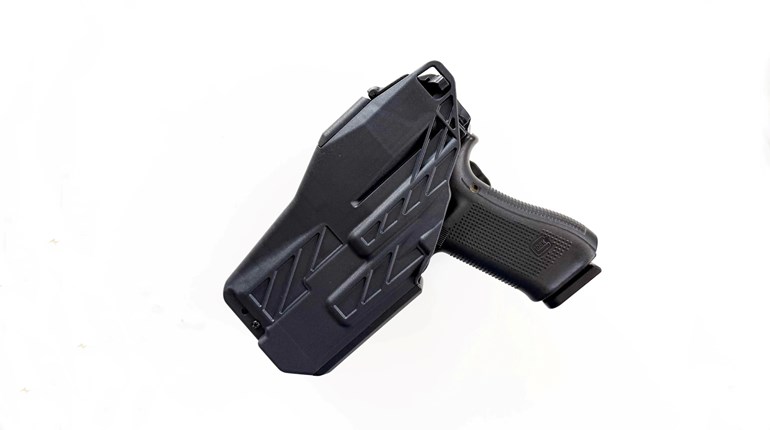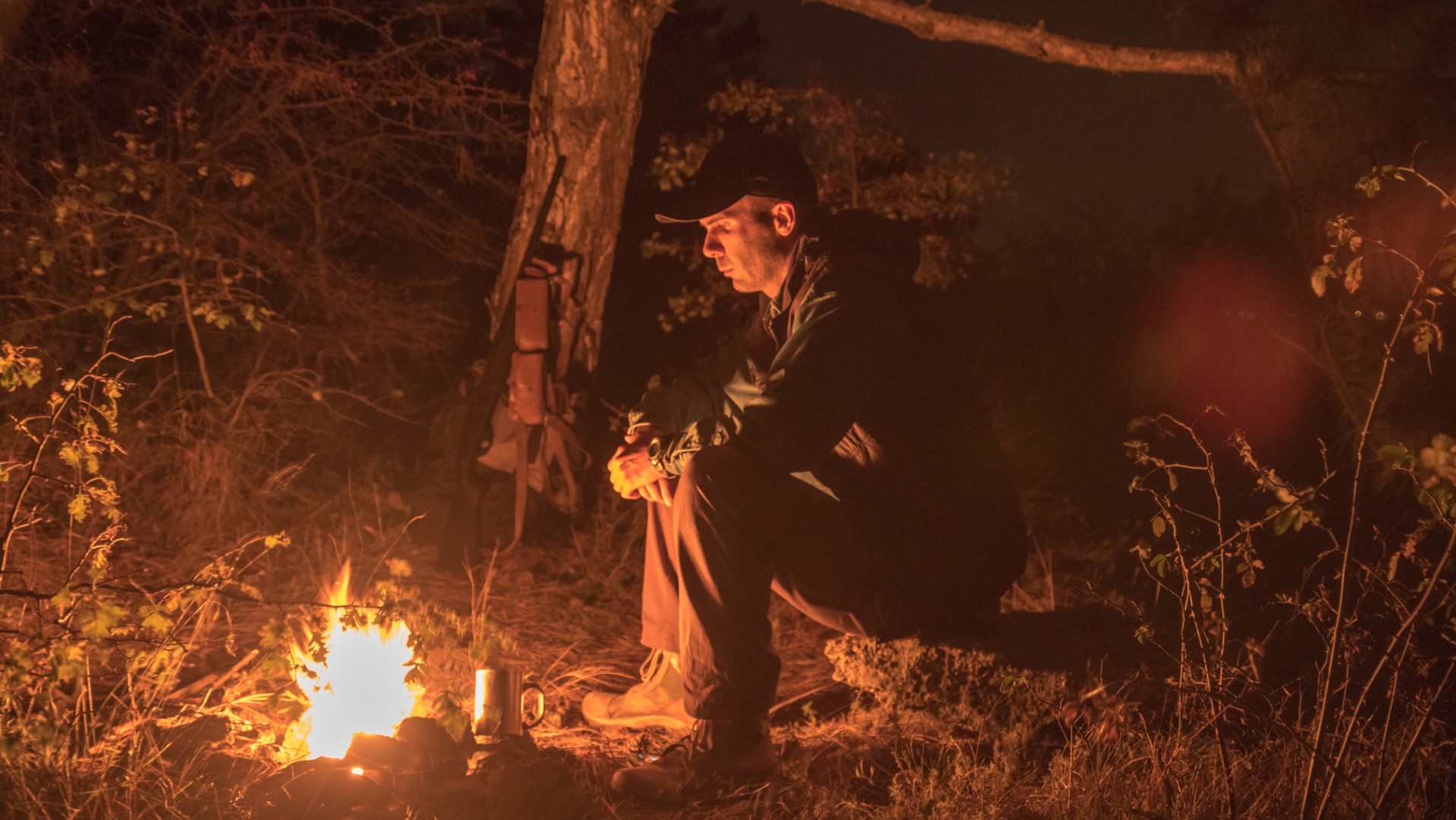
Most people know that driving anything while under the influence of alcohol is dangerous. What many don’t really understand is that drinking while hunting or shooting is also dangerous. When excessive alcohol is consumed, you will not be in a position to make sound judgements, which is the key to a safe experience.
How Parents Can Get Us to Think
My own father was a small-town doctor, but before that, he was a Captain during World War II who dealt with countless battlefield injuries. He knew what bullets do to human tissue, so he performed a simple demonstration that I use to this day. Dad shook up a can of soda, then put it out around 10 yards and told me to shoot it in the center. I did and it seemed to explode. Hitting that soda can instilled in me a visual impression of what even a rimfire round can do to a human body.
I repeated this lesson with my 6- and 9-year-old grandsons. Each fired a .177 pellet into a can of soda and with that, each can had a nice tear in it. Both boys shot once and with each hit, I got a “WOW!” … and then I talked to them about how shooting accidents happen, and how body tissues are affected. I then said accidents can happen anytime when someone does not think—so never drink and then do anything that requires thinking!
Effects Of Alcohol on Performance
Here is what happens to our body when alcohol is consumed. First, it is absorbed through the lining of one’s stomach and then into the bloodstream. Shortly afterwards, it goes into the various tissues of our body. This absorption affects judgement (which becomes the critical problem) when the alcohol reaches the brain, which takes roughly five minutes. Within 10 or so, our actions can become unpredictable.
- Motor co-ordination is affected. This is the movement of multiple body parts needed to accomplish an intended action like catching a ball, walking or stepping on a brake to immediately stop.
- Alertness is slowly going away since our brain’s ability to process information has been slowed down.
- Vision may be blurred, meaning one can’t clearly see someone on the road or what may be behind a deer in the woods.
- Depth perception is altered, so visually estimating the distance from wherever to whatever becomes unreliable.
- Our reaction time is reduced and we all know what “slow on the draw” from cowboy movies means … you lose.
- Balance is off, so falling or tripping becomes far more likely, especially when in rough territory and broken ground. Worse, alcohol is a blood thinner, meaning that an injury will bleed more.
- Drowsiness. Many individuals think that alcohol is a stimulant; in reality, it is a depressant.
- Emotions can become unstable; alcohol lowers social inhibitions.
- Decision making is impaired, and your ability to determine whether or not you are impaired is also impaired. Should I hit the brake or slow down and when hunting, is it safe to take that shot? What is behind that deer and if you fire, what will stop that bullet? This is obviously something that needs to be rapidly and correctly addressed so a proper and safe decision can be made. An overload of alchohol makes this very risky indeed.
Alcohol Risk Factors
- Dehydration: Alcohol is a diuretic, meaning that it causes urination. This, combined with reduced decision-making ability, often means the drinker becomes dehydrated. When dehydrated, the effects of alcohol will hit faster and more severely.
- Body weight: Those who weigh less are usually affected faster and severely.
- Social drinking: Those who seldom drink are usually affected more severely and faster than someone who drinks on a regular basis.
Be the Change
Don’t get me wrong; alcohol has its place in our society. There’s nothing wrong with toasting a successful hunt … after the guns have been put away. Be aware that you are serving as an example to our upcoming generation of hunters. When we mentor someone—especially kids and grandkids—we should remember that they’re watching what we do just as closely as they’re listening to what we say. Teach safety, and practice what you preach!













